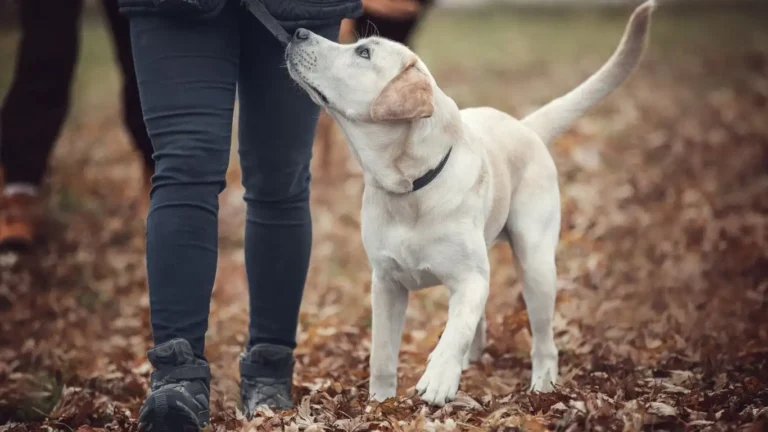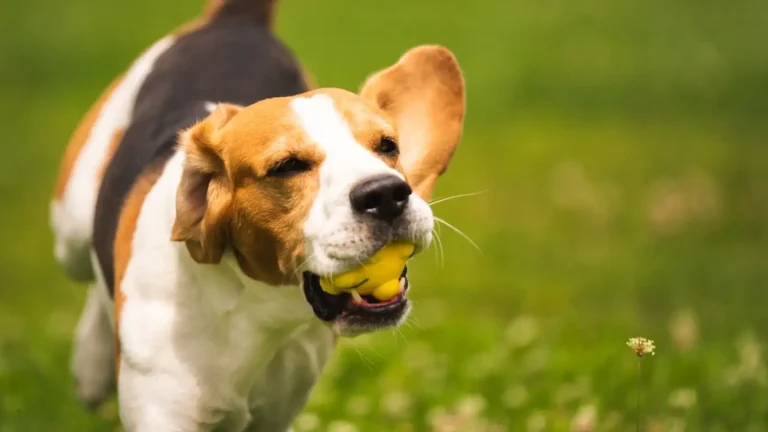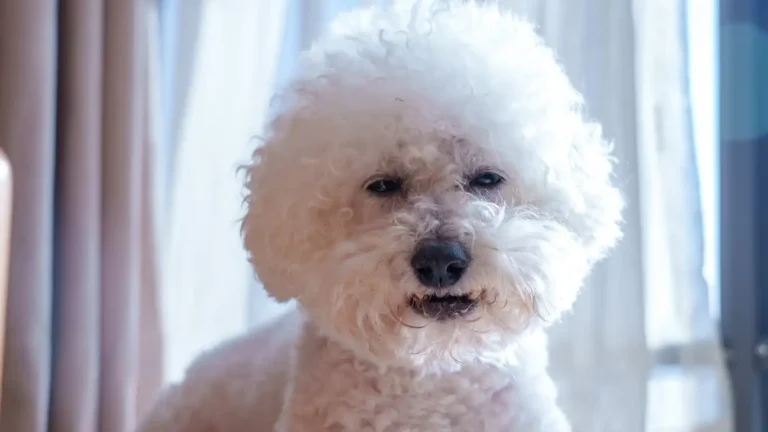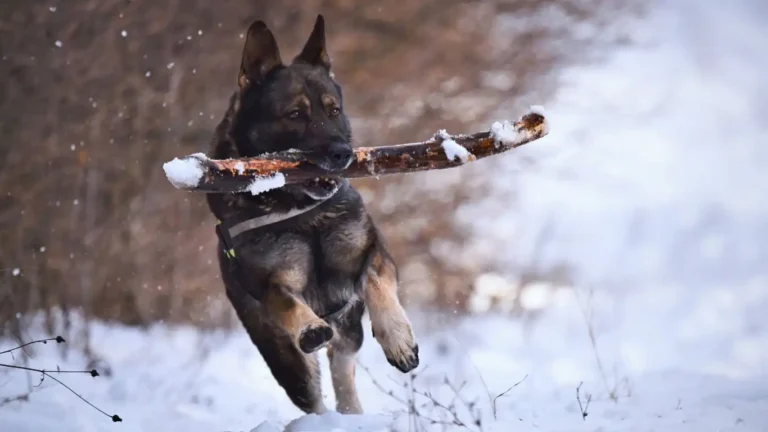Stop Dogs from Grabbing Laundry: Simple Training Tips That Work
Understanding the Behavior: Why Dogs Are Drawn to Dirty Laundry
Dogs explore the world through scent. To them, dirty laundry carries the strongest smells of their favorite humans. This makes it both comforting and interesting. A shirt worn after a workout or socks tossed aside may hold irresistible appeal—especially for curious or anxious dogs.
Though it’s a common issue, consistently stealing or chewing on laundry can lead to hygiene concerns and behavioral habits that are hard to break. Teaching a dog to leave clothes alone requires patience, empathy, and consistent practice.
Signs and Symptoms
Not all laundry-related behavior is the same. Some dogs may sneak away with a sock now and then. Others may destroy items repeatedly, even when you’re not watching. Watch for these signs:
- Stealing socks, underwear, or shirts from the floor or laundry basket
- Chewing, shredding, or swallowing fabric
- Guarding stolen items or hiding them
- Increased interest in laundry piles, especially when left alone
- Signs of gastrointestinal discomfort if items are swallowed
Causes
Dogs don’t usually go after laundry out of spite. Their motivations are more instinctive and emotional. Some of the common causes include:
- Separation anxiety: Dogs who feel anxious when left alone may turn to items that smell like their humans.
- Teething or boredom: Puppies often chew as a way to soothe gums or entertain themselves.
- Attention-seeking: If stealing laundry gets a reaction from you, the dog may repeat the behavior for more attention.
- Instinct: Some breeds are more inclined to retrieve or carry objects by nature.
- Lack of boundaries: If laundry has always been accessible, dogs may not realize it’s off-limits.
When to Get Help
Many cases can be handled at home with structure and consistency. However, there are situations where professional guidance is the best path forward. Consider consulting a veterinarian or certified dog trainer if:
- Your dog swallows clothing or parts of it—this can cause serious internal blockages.
- The behavior is tied to severe anxiety or becomes obsessive.
- Your dog shows aggression when you try to take laundry away.
- There’s no improvement after several weeks of consistent training.
It’s not a failure on your part. Some dogs need extra help. Professionals can tailor a plan based on your dog’s unique needs and environment.
Treatment and Training
Addressing this behavior takes more than punishment. In fact, scolding often backfires—leading to fear or sneaky behavior. Instead, create a calm, reward-based structure that teaches your dog what’s expected.
1. Make Laundry Less Tempting
- Keep laundry out of reach—use lidded hampers or closed doors.
- Pick up clothes promptly after changing or doing laundry.
- Use bitter sprays (safe and vet-approved) on items that can’t be hidden.
2. Teach the “Leave It” Command
This is one of the most valuable commands for daily life. Start with a high-value treat and a neutral item—not laundry. Gradually work toward more tempting objects.
- Hold a treat in one hand and a sock or similar item on the floor.
- Say “Leave it” firmly but calmly. If the dog looks away from the sock, reward immediately.
- Repeat in short sessions. Progress slowly. Over time, move to actual laundry in real settings.
3. Offer Alternatives
If your dog loves to chew or carry soft items, redirect that energy. Offer appropriate alternatives that match their texture preference and chewing style.
- Plush toys or tug ropes
- Frozen chew toys for teething relief
- Clothing items that are “gifted” but safe (like an old shirt tied in knots)
Ensure these alternatives are available and rotated often to maintain novelty.
4. Provide Mental and Physical Stimulation
Boredom fuels mischief. A well-exercised and mentally stimulated dog is less likely to seek out laundry for entertainment.
- Daily walks or playtime suited to the breed’s energy level
- Puzzle feeders or treat-dispensing toys
- Training games that keep the dog engaged and reinforce good habits
5. Use Positive Reinforcement
Every time your dog chooses the right behavior—like ignoring a sock or chewing a toy—reward them. Reinforcement builds trust and clarity.
- Treats, praise, or short play sessions work well
- Be consistent—reward immediately so the connection is clear
- Avoid punishment or yelling, which can increase stress and confusion
6. Train “Drop It” for Accidents
If your dog grabs something off-limits, a well-taught “drop it” can prevent damage or swallowing.
- Practice with low-value items and trade for a treat
- Never pull the item from their mouth—this can cause guarding
- Make it a fun exchange rather than a confrontation
Building Trust Over Time
Progress takes time, especially if the behavior has been reinforced for months or years. Stay calm and steady. Celebrate small wins and don’t expect perfection overnight.
Every dog learns differently. Some respond quickly to redirection. Others may need weeks of repetition before habits change. What matters most is consistency and kindness.
Preventing Relapse
Once you’ve curbed the habit, continue to support good behavior:
- Keep laundry out of sight as a default rule
- Maintain regular play and mental stimulation
- Refresh training every few weeks to reinforce commands
- Observe for stress triggers like changes in routine or environment
When the Problem Is More Than Laundry
Sometimes, laundry obsession signals deeper needs. Dogs may use clothing as comfort when feeling lonely, under-exercised, or stressed. Addressing those root causes helps more than treating symptoms alone.
If the behavior is new or sudden, consider other changes in the home. Has a schedule shifted? Is a new baby, pet, or stressor affecting your dog’s emotional state?
A Gentle Reminder
Training a dog to leave laundry alone is part of a bigger picture—building a healthy, respectful bond. With patience, understanding, and the right techniques, most dogs can unlearn the habit and replace it with more appropriate behaviors.
If the issue persists or worsens, don’t hesitate to seek help. Veterinary behaviorists, trainers, or even local support groups can make a meaningful difference for both you and your dog.





